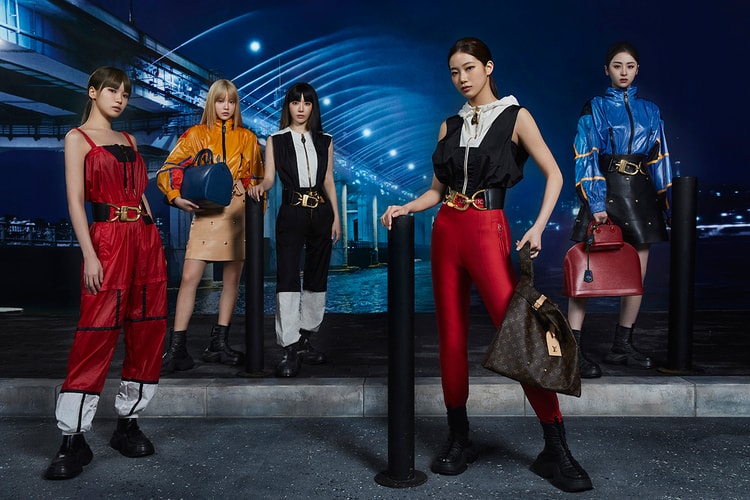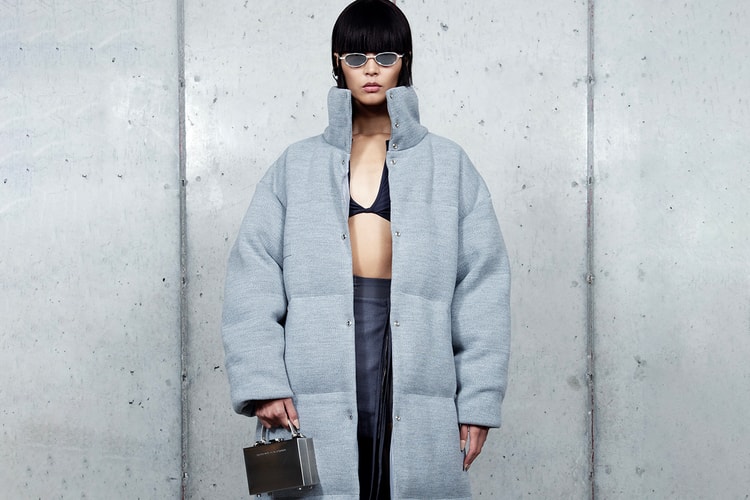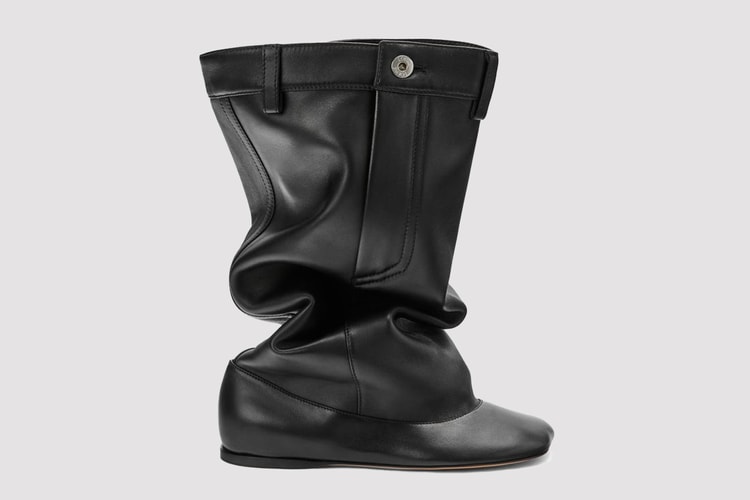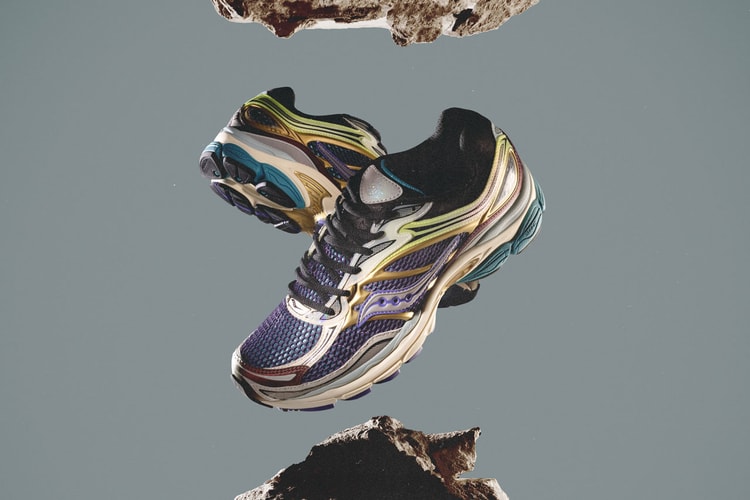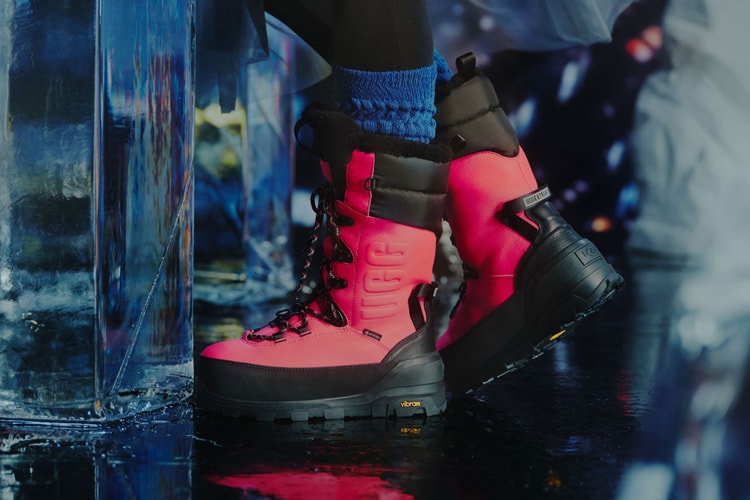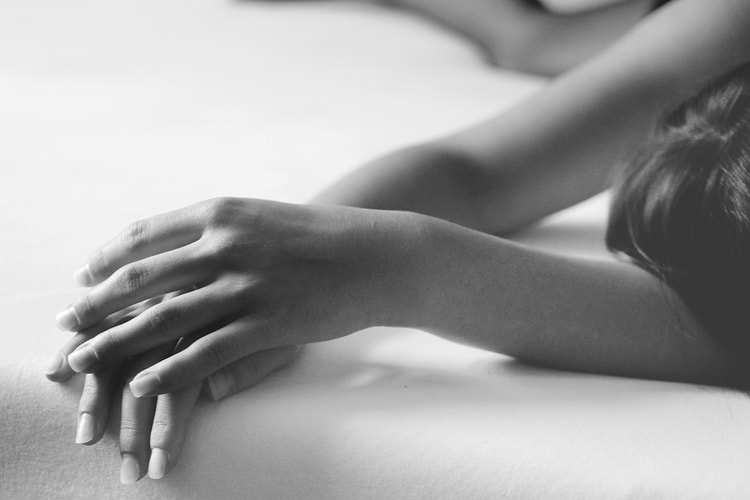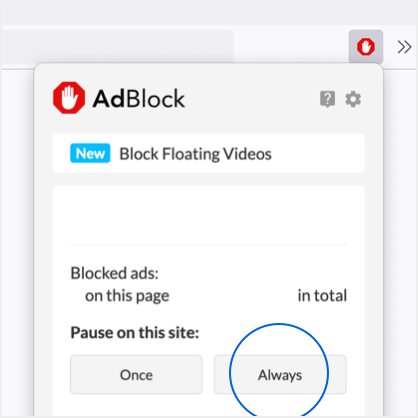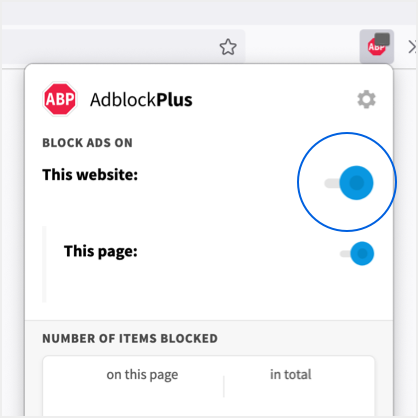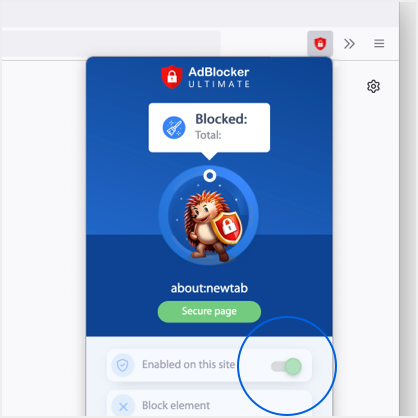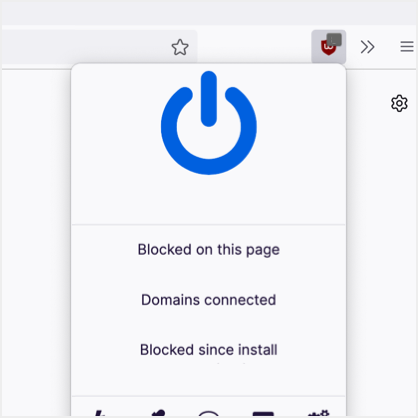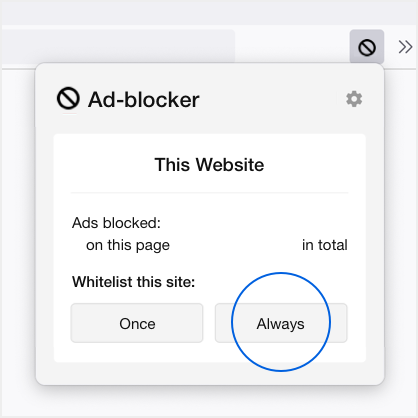
3 Black-Owned Beauty Startups Taking on the Delicate Ethics of Hair Extensions
Meet E.T.Wigs, ReBundle and Ruka Hair.
Inches, laid edges, and wigs flying – whether by music, meme or slang, everyone has heard some reference to the afro haircare practices known within the community as protective styling. From Lil Kim‘s sorbet colored wigs in the ’90s to Zoe Kravitz‘s signature microbraids, protective styles have left an indelible mark on both popular culture and the afro diaspora. The main purpose of a protective style is to temporarily guard tight curls from the wear and tear of daily styling. It has always been a short-term solution — wigs can be switched up day to day, braids and sew-in extensions can last two to six weeks and microlinks even longer.
However, the widespread and frequent use of these haircare practices give rise to some major sustainability concerns; most protective styles involve the use of hair extensions made of non-biodegradable synthetic polymers, plant fibers or human hair. Each presents a unique ethical challenge and the next generation of Black-owned hair care start-ups are determined to solve them.
Endah Tche is a self-taught hair stylist and one of the young, Black female entrepreneurs building a slower and more environmentally conscious business model through rental. Tche had been making and customizing wigs under the moniker of E.T.Wigs, a business she started as a side-hustle in 2020. She set her price points to appeal to her first clients, most of whom, like her, were college students on a budget, looking to maintain and customize the wigs that they already owned. When her work extended to editorial and commercial projects, rental became the natural next step. Her latest service, redefines the wig as a high quality, non-expendable item of craftsmanship that no longer needs to be produced in high quantities. She explains one of the perks of this option: “The most expensive piece I’ve sold to date (a wig she hand-crafted from 40-inch-long deep wave human hair) went for £1,000 GBP (approximately $1,310 USD). Under the rental service, a wig of that price could be rented at a day rate of £100 (approximately $130 USD).”
There’s no doubt that affordability is a powerful incentive, but the environment has become an even higher priority for younger consumers. When Ciara Imani May, founder of the plant-based braiding hair company, ReBundle, first pitched the brand she was surprised by how well and how quickly it was received. In 2021, she launched the first product, Braidbetter, a hair extension made of biodegradable fibers cured from banana peels, conditioned and dyed in a patent-pending process. In comparison, most braiding hair extensions on the market are made of inexpensive, non-biodegradable synthetic polymers (one of the many euphemisms we have for what is, essentially, plastic) intended for single use and typically retail for a fifth of the price of Braidbetter. In the early days of the business, May ran tests on popular brands of synthetic braiding hair and found that they were coated in traces of irritants and allergens that are known to sensitize the skin and scalp. She recalls, “Seeing how quickly the idea took off reaffirmed my belief that what we were building was needed and wanted very much by other Black women who identified with the experience that I was having with plastic synthetic hair.”
ReBundle’s customers are not just paying for the material product, but investing in the big picture of the circular economy. The brand also offers a recycling service that accepts used synthetic extensions from their customers, as well as a braider directory that lists professional hairstylists all over the United States, demonstrating their commitment to integrating more responsible practices in its community. But despite such a conscious business model, as May explains, consumer demand is still the greatest strain on the business. “I would say that our biggest challenge today is balancing our operations and production capacity with the demand that we’re seeing in the market.”
Much of that demand is fulfilled by human hair extensions. Many eco-conscious consumers are of the opinion that ethically-sourced human hair is a more sustainable alternative to synthetics, especially given that, with proper care, human hair wigs and extensions are usable for much longer, and biodegradable after use. However, as most hair extensions are sourced from women in South-East Asia who rely on the sale of their hair as a source of income, it’s a tradeoff that speaks to the existential compromise of consumerism — that the livelihood of a woman in the global south amounts to a casual, everyday luxury for a woman in the global north.
Tendai Moyo, founder of the London-based startup Ruka Hair, talks about the challenges of transparency and regulation when sourcing human hair. “The first thing I discovered was that unlike most cosmetic products, there is no central regulatory body for hair extensions. No one to ensure that what you buy is actually what you get.” Ruka’s human hair can be traced back to women in known regions of India, Bangladesh, Vietnam and China, all of whom are above the age of 16 and compensated for their contribution. Moyo explains that although these regions have a long established infrastructure for supplying and manufacturing human hair extensions, Ruka is one of the only brands that offer this extent of traceability. She cites a 2020 incident where the US government seized $800,000 USD worth of human hair extensions on suspicion that it originated from Uyghur muslims who were forcefully detained in internment camps in China’s Xinjiang region. “We still don’t have full visibility of how much each person within the supply chain is paid, but we’re constantly looking for ways to improve transparency. We’ve started working with government officials in China to create regulations for human hair. Essentially, we are setting standards for compensation and working conditions and paving the way for other brands to follow suit.”
Human hair invites another dilemma to the conversation in the form of texturism – a prejudice conceived of outdated eurocentric beauty standards that deemed straight or wavy hair preferable to textured hair. Today, protective styles are an innocuous style choice, but they recall a history of discrimination, when previous generations of Black women used straighter textured hair extensions to assimilate to the narrow beauty standards. Attitudes have evolved, but recent studies suggest that texturism continues to influence subconscious judgment. Earlier this year, the CROWN 2023 Workplace Research Study co-commissioned by Dove and LinkedIn, found from a study of Black women across the United States, that 66 percent would alter their hair for a job interview, 41 percent of whom straighten their hair. This echoes scores of previous studies that similarly suggest that women who wore afrocentric hairstyles – including protective styles such as braids, locs and natural curls – were perceived with negative associations in professional settings and more likely to experience microaggressions.
Conscious of the problem, Ruka’s first product launch was Think Kink, a perfect imitation of type four afro hair with an accompanying slogan: “More curls, more coils, more you.” Two years later, offering an expanse of waves and curls of all textures, Ruka’s fully inclusive product range reflects the conundrum of texturism, as Black women might still use textured hair extensions that replicate looser curls than their own native texture. Alongside extensions and wigs, Ruka’s product line comprises styling products like the Hold Me Down Edge Gel (a staple product for textured hair, used to smooth and hold curls and frizz along the hairline), and the Save Me Serum (a multifunctioning conditioning heat protectant). Similar marketing language can be seen throughout beauty, but in the textured haircare aisle it calls into question the widespread reliance on protective styling, especially given the growth of the sector. The category of Black haircare is thriving, currently valued at $ 9.56 billion USD in 2023 and estimated to reach $15 billion USD by 2033.
At E.T.Wigs, Tche believes that the growth is driven by an appreciation for the artistry of hairstyling and the desire for versatility, rather than pressure to conform to outdated conventions of beauty. “I don’t think reliance on protective styling is a bad thing. The fact of the matter is type 4 hair, textured hair, it is difficult to maintain without protective styles. I personally see it as something to be enjoyed.” Working with media clients, Tche appreciates the fine line between performing and accessorizing with different textures, but ultimately believes that everyday protective styling is a practice of personal style. “As Black women, we engage in art and creativity through our hair every day. It’s such a normalized part of our culture that perhaps for a long time, the commercial potential of Black hair care was overlooked.”
Protective styling is and always has been meticulous, hand-crafted, bespoke and aesthetically impressive — the qualifiers of any lucrative beauty category. Now, led by a new generation of young, eco-conscious, Black women entrepreneurs who understand the nuances of the business, the textured hair community feels more encouraged to invest.
This article was written by Chioma Ezeh, a writer and designer based in London.






